For generations, oil paint has been admired for its impasto effects with texture and application.
Yet, many artists forget that oil paint can be applied thinly, much like a watercolor-wash. In fact, I use glazing successfully in my own works using water soluble oils.
This technique can create beautiful glazes that add effects much like stained glass. Rembrandt mastered these effects in his own works. But little did he know, he was using yin yang to execute his paintings!
<<<Click on the above image and look carefully. You can see how Rembrandt masterfully used thin/thick and varied brushstrokes in his self portrait over 400 years ago!
Oil paint has a unique ability to create dramatic and beautiful results using two different ways of applying texture. These opposites are the yin/yang principles that govern texture in painting. You can use varying degrees of texture to enliven your oil or acrylic artwork. Application of paint can range anywhere between: Transparent to opaque or thin to thick (impasto).
- How to create thin & transparent texture: Yin
- Use extra medium for thinning paint
- Dark, cool shadows need transparent paint
- Use warm transparent hues where the shadows meet the light
- How to create thick & opaque (impasto) texture: Yang
- Use a heavily loaded bristle brush
- Put the paint down and leave it alone!
- Let the brush make its mark
- Use thicker texture to create form and highlights
- Glazing is another way to enhance the dry painting and give it more depth. Allow the paint to dry, then use a softer brush loaded with transparent glazes and lightly drag across the dried impasto. The glaze will puddle in the valleys made by the bristle brush. You can also use a lint-free cloth or towel and carefully wipe the glaze off the peaks of the impasto. This technique allows the light to shine through the layers of paint and add an air of mystery to your work.
- How to create variety and richness in your brushwork: energy or chi
- Use direction of brushstrokes – up/down, left/right
- Use different length strokes – long/short
- Use edge quality – soft edge or hard edge
- These brushstrokes can be carefully used to lead the eye throughout your painting. The eye will be drawn to where hard/soft edges meet or other yin/yang opposites are used.
I hope this little post gives you another way to use the philosophies of yin/yang in your paintings.
If you liked this post, I bet you will enjoy reading these articles:
Use the Hidden Meaning of Color to Improve Paintings
The Importance of Value & Tone in Painting
A Unique Approach Using Color Harmony to Improve Your Paintings
What do you think of this post? I’d love to get your comments… Best- Lori


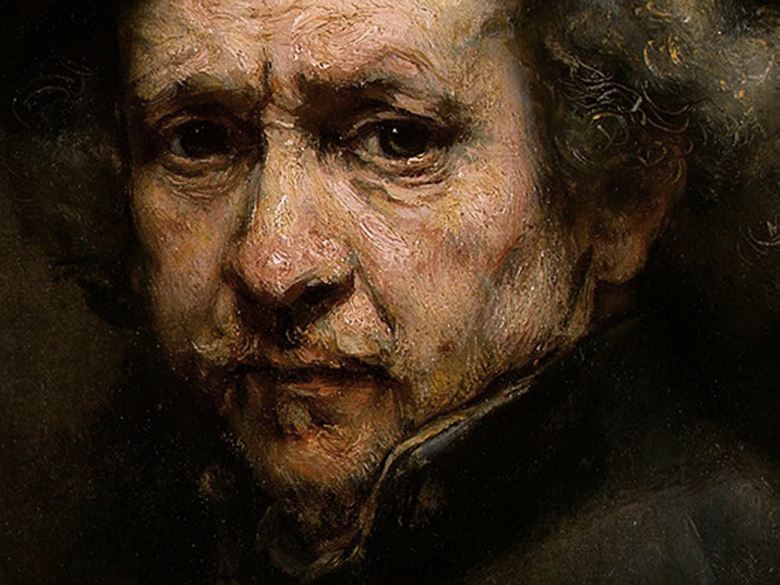

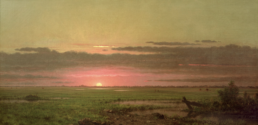
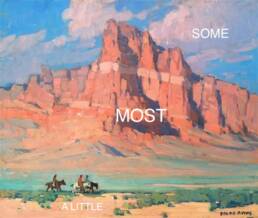
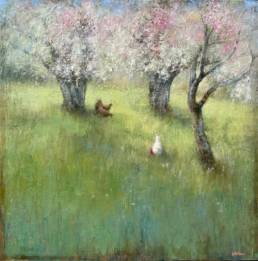
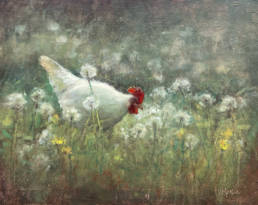
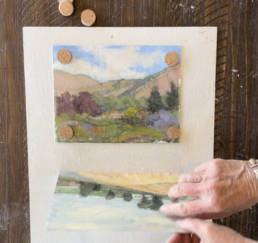
Lori, thank you for this post, and the wonderful information contained in it. I love to use glazes in my work as well for the way they “puddle in the valleys” as you call it. Your reference to using yin/yang qualities are something for me to think about during my own painting process. Best to you…. Mary
Thank you so much for this post. What a lot of detail. I am going to try some!
Kushlani
Kushlani…thanks for the comment. I am glad you are inspired by this post. Let me know how your experimenting goes.
Lori 🙂
I can’t seem to send direct msg on twitter. So I’m writing here. Thanks! I want to paint my son- Rembrant style. Started it yesterday. Finished the underpainting it looks so gorgeous I don’t want to do any more to it! Will try another one! Rembrant style! Thanks Lori for your blogs. They are great!
Thanks so much for such a great blog, that was a nice reading!